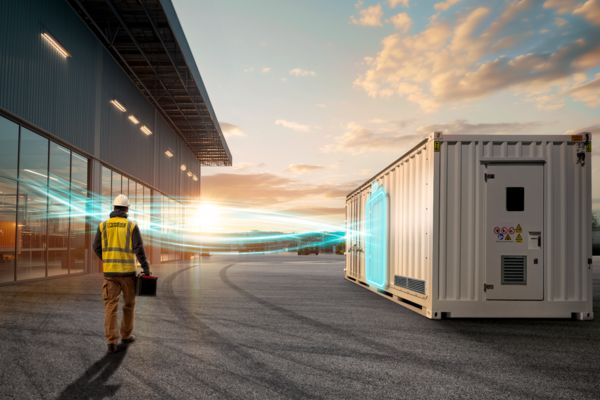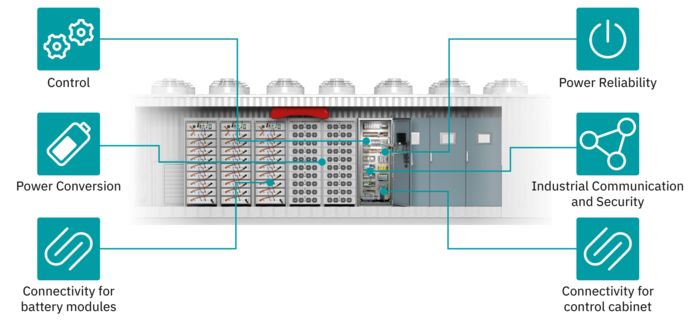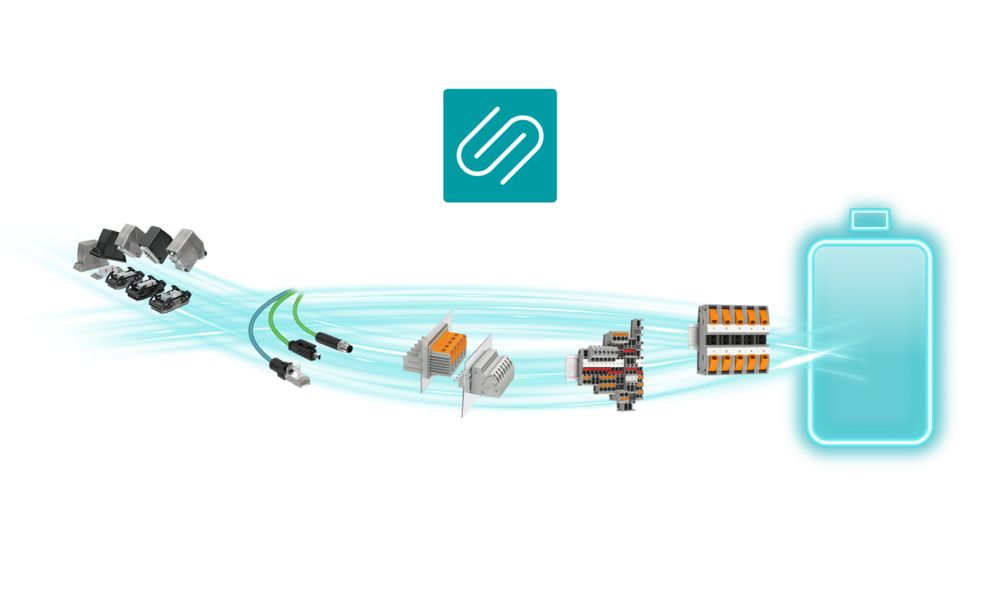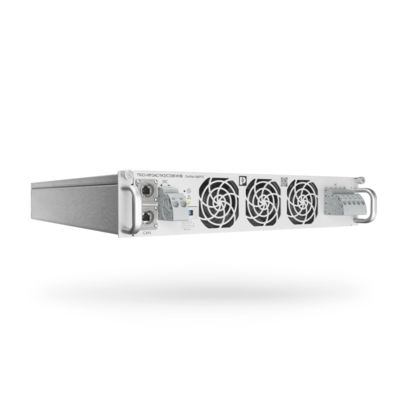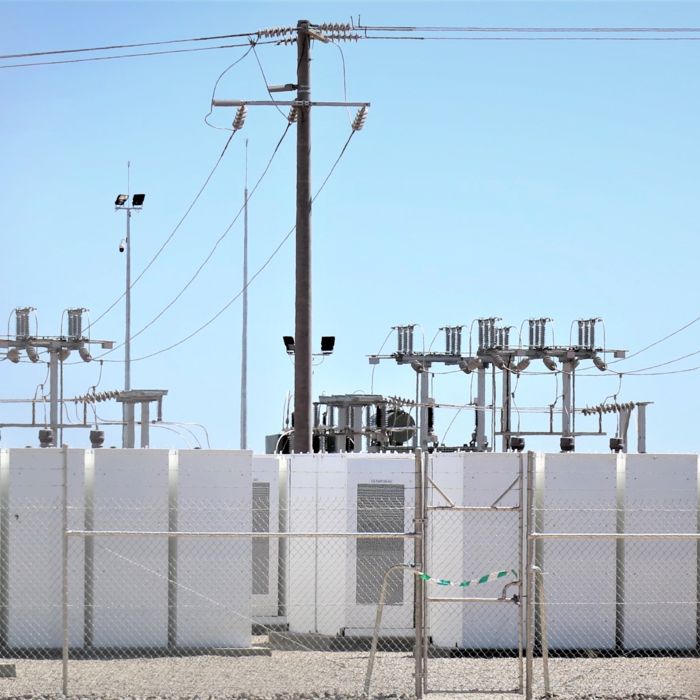
The fluctuating amounts of electricity generated by renewable power generation plants and the expansion of the charging infrastructure are posing major challenges for grid operators. Power storage systems use and store temporary energy surpluses. Electricity is provided when the consumption quantity increases or the generation quantity decreases. Utility-scale storage systems with a capacity of several megawatt-hours are therefore essential for a constant grid stability, because they compensate for fluctuations in the power grid and improve the security of supply. Utility-scale storage systems are often designed as functional containers.

